
Of all the technologies on the horizon for civil engineering, artificial intelligence may be one of the most perplexing. It can potentially help industry professionals design and build projects more quickly, efficiently, and safely, yet some weighty questions are causing many tech-savvy firms to remain cautious in adopting AI.
Along with the potential to help humans solve problems more effectively, AI raises issues such as data security and ownership, off-target outcomes, potential job losses, and other impacts on industry professionals. Some of these are similar to wider public concerns with AI and publicly available tools such as ChatGPT and Google Bard. Some fear AI might take too much control in our lives, much like HAL in Arthur C. Clarke's Space Odyssey series.
As with many new technologies, the reality likely lies somewhere between the views of enthusiastic AI proponents and skeptics who want nothing to do with the technology. Building on the success of early efforts to use AI, industry firms might be able to reap the benefits while addressing concerns of potential downsides.
Wading In
In some cases, AI is morphing from previously developed technologies, such as robotics, automation, and digital data collection, to help humans apply information more effectively. Technology vendors Trimble and Boston Dynamics have partnered to mount laser scanners on robots to enable collection of large amounts of location data on construction sites. The data can then be used to automate other tasks, such as quality control/quality assurance, schedule monitoring, and payment processes.
“A lot of the potential [for AI] is in the analysis of data, and trying to find meaning in enormous amounts of data,” said Peter Ziegler, program manager for robotics and senior market manager for Trimble. With the robotic laser scanning, Ziegler said machine learning and AI can help process data and automate tasks previously performed by humans, freeing construction professionals to perform other tasks. Looking further ahead, he anticipates AI could compile data from multiple projects and apply lessons learned on new projects.
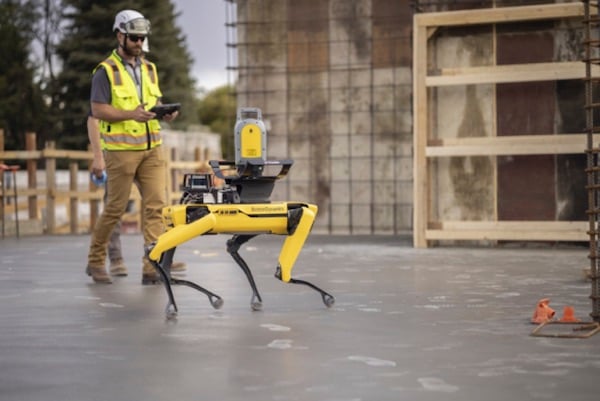
Trimble has partnered with Boston Dynamics to mount laser scanners on robots and collect massive amounts of data on construction sites. Image source: Trimble.
AEC Firms Get On Board
AEC firms are also finding opportunities to use automation-driven technologies to develop AI applications. Burns & McDonnell, a global engineering, architecture, and construction firm, is prototyping a computer vision system that has the potential to assess the condition of various customer assets. The system can save time in analyzing assets, according to Jeff Danley, associate technology and innovation consultant at Burns & McDonnell.

Burns & McDonnell is using computer vision to evaluate customer assets. Image source: Burns & McDonnell.
For projects under construction, Burns & McDonnell is exploring ways to apply AI in improving efficiency and safety. Combining project design data with on-site data such as job-site camera imagery, the firm can be “more proactive” in safety planning, said Danley. AI can make predictions based on previous experiences, weather conditions, and critical project activities, and help identify potential safety violations and risky work conditions. AI can also aid day-to-day planning and scheduling. “A construction site is by nature a very dynamic environment,” noted Danley. “We can use AI to make on-the-fly adjustments that help optimize schedule.”
For design and analysis, Burns & McDonnell is finding computer vision helpful in automating labor-intensive tasks. When analyzing infrastructure projects, for example, consultants often start with video inspections performed with closed-circuit television (CCTV) equipment. Historically, someone would then view the entire video to identify system issues. With the aid of AI, the process can be automated, where a computer-based system can “learn” from rules identified by humans to flag problem areas from the CCTV inspection.
“It should work like a traffic light,” said Saša Tomić, Burns & McDonnell’s digital water lead. Areas with no issues get a green light and do not need a review by humans. Problem areas are tagged as red and require attention. Yellow areas might require human intervention to review issues the system has never seen before, according to Tomić, an early adopter of AI in the water industry, with research dating back to the mid-1990s. He was the lead developer and the patent author of the WaterGEMS platform, later acquired by Bentley, and the product manager of Innovyze water distribution solutions later acquired by Autodesk.
As analysis proceeds into computer modeling, AI can help build models faster than previous methods, according to Tomić. Where early modeling techniques required someone to manually enter specific data, AI-aided techniques import GIS data and “clean up models” based on guidelines established from previous models. This enables consultants to focus more on using the model results to make decisions and take actions, noted Tomić.

Digital transformation applies AI and other technology in the modeling, analysis, and design of infrastructure systems. Image source: Burns & McDonnell.
CAD and BIM design also present opportunities for AI. Danley sees future design work aided by generative AI, which can help create images, text, 3D geometry, and other data by learning patterns from existing data, then using this knowledge to generate output. Designers can identify key parameters for a project, then use various forms of automation to generate multiple design options. “With generative AI, an engineer can more quickly put together iterations of a project site…and weigh the pros and cons of one option versus another,” he noted.
Examining the Construction Lifecycle
The project-specific nature of construction provides unique challenges and opportunities for AI, in contrast to manufacturing and other industries with more repeatable processes. General contractor DPR Construction is exploring ways to use AI in leveraging knowledge gained from previous projects, but keeping humans in charge of decision making. “If we treat AI as an assistant to the people making decisions, it goes a long way in construction,” said Hrishi Maha, DPR data analytics leader.
Maha said AI could help the firm be more predictive in pursuing projects, as well as planning and executing work. As an example, he cited a potential project staffing plan, where AI could help factor in the size of the project, the combination of trades needed, and other factors to help determine staffing needs, based on previous project data. Once projects are underway, AI could help evaluate cost, scheduling, and other data to determine if values are within reasonable ranges established by previous projects. DPR uses Microsoft Azure ML, along with propriety algorithms developed in-house, to build AI applications.
Contractor DPR uses Microsoft Azure, along with proprietary algorithms, to develop AI solutions. Image source: Hrishi Maha, DPR. Click image to enlarge.
New Tools Emerge
In addition to the public AI tools, typically based on large-language models (LLMs) and large quantities of public data, a number of construction-specific AI tools have emerged in recent years. Slate Technologies in 2022 introduced its Slate Digital Assistant, which uses AI and ML to provide situational and contextually relevant insights in decision making. A subsequent product, the Decision Assistant, anticipated to be released in late June, builds on this with a range of features to assist construction management teams with the decision-making process.
The Slate platform executes multi-dimensional analysis across internal and external data sources, learning as it goes to offer insight into the building process. Data sources include enterprise resource planning (ERP) systems, 3D models, requests for information (RFIs), and emails, along with public data such as weather, labor, and traffic. “Our system ingests the schedule and other data, understands at the task level, and consolidates data to the task,” said Joel Hutchines, Slate’s chief product officer. “It’s a paradigm shift beyond querying data; it’s also presenting data and prompting the user.”
As examples of interacting with a model, Slate can identify costs of individual elements and highlight those elements in a 3D model. It can also respond to conversational questions, such as, “What are the open issues?” and generate a list of issues, highlighting their locations in the model and offering suggestions to address those issues. Future Slate enhancements might include the ability to inform new designs based on previous experience, using a CAD/BIM plug-in to prompt design decisions, according to Hutchines.
Slate uses AI and ML to assist construction professionals with decision making. Image source: Slate. Click image to enlarge.
Other civil/construction-geared AI tools include AirWorks, which creates linework from geospatial data; ALICE, a platform that helps contractors and owners leverage AI to plan, bid and build projects; and nPlan, which guides scheduling and other data-driven decisions using machine learning and historic data. Various plug-ins are also available for Chat GPT, Google Bard, and other products to help with civil engineering and construction tasks. A host of industry-related AI tools can be found with internet searches—possibly employing AI in the search process!
Addressing Concerns
While industry firms are seeing tangible benefits to AI, uncertainty of AI results and other concerns might limit large-scale adoption. Burns & McDonnell’s Tomić cited a general lack of understanding of AI, particularly with LLMs, as a challenge the industry faces. “It’s like a jigsaw puzzle. You give it a few pieces, and it fills in the rest. If you drive it in a certain direction, it can produce unrealistic results,” he said.
Much like the black box analogy with early computer applications (i.e., garbage in, garbage out) AI can generate results that users might not understand. Even more concerning to Tomić is the inability to fully understand patterns that AI discovers in producing output. “It doesn’t tell us what the patterns are, or why certain patterns are selected. It just gives an answer.” he said.
Trimble’s Ziegler says AI objectives need better definition before widespread use in construction. “We are trying to identify the opportunities and ethics,” he said. “We don’t want to just throw it out there. This is a high stakes business.” Through more thorough evaluation, he said the industry can limit the potential negative effects of invalid AI output, often referred to as “hallucination.”
Data security raises additional questions. Burns & McDonnell’s Danley said firms should not release proprietary data into public AI tools. “When you take corporate information and ask it to be evaluated by those systems, it’s out in the world,” he said. Questions of data ownership and liability also need consideration, such as: Who owns the data? And, who owns the results of AI-generated output?
In the long run, the laggard reputation of construction in adopting new technology might prove beneficial regarding AI. Perhaps some of the AI stumbling blocks being encountered in the general public can help the industry refine its approach to AI before turning it loose to design and build projects without proper human guidance. Sorry, HAL. You’re not in charge here.
Andrew G. Roe
Cadalyst contributing editor Andrew G. Roe is a registered civil engineer and president of AGR Associates. He is author of Using Visual Basic with AutoCAD, published by Autodesk Press. He can be reached at editors@cadalyst.com.
View All Articles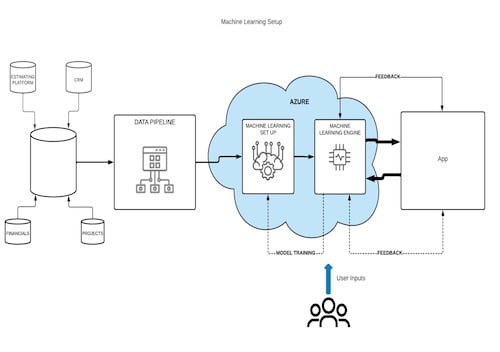
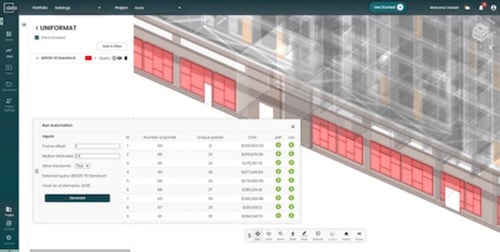


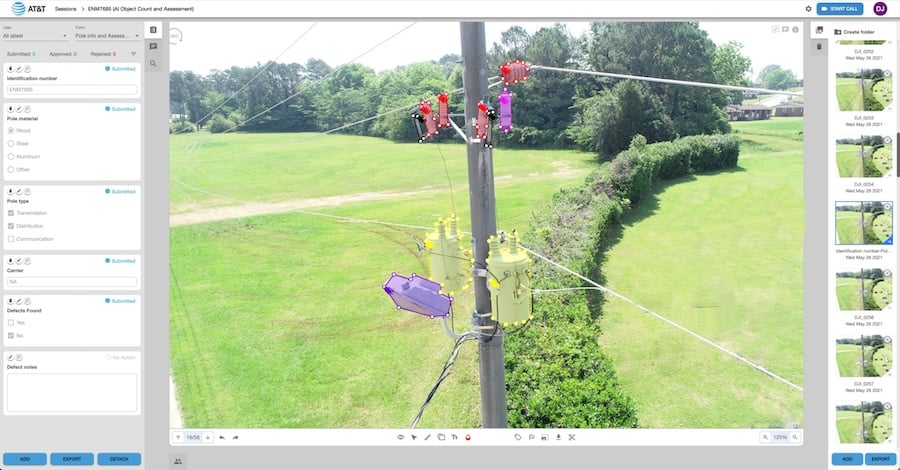
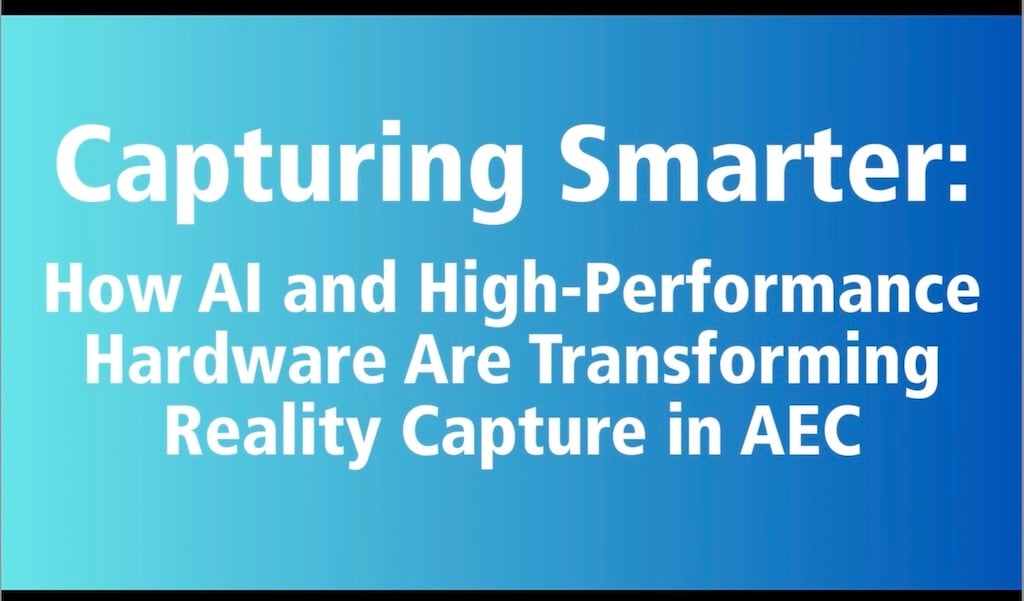
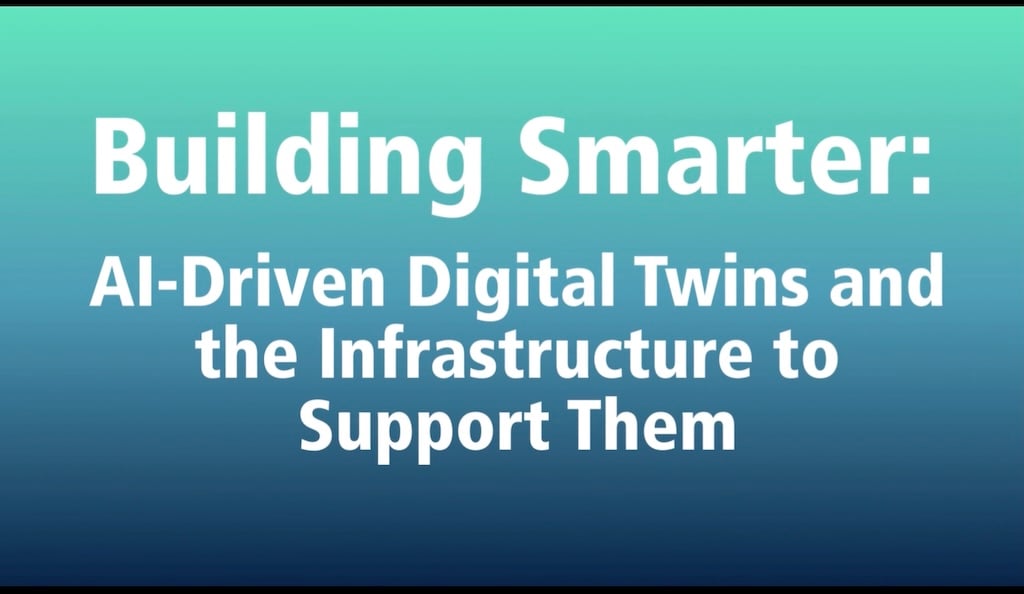

Share This Post